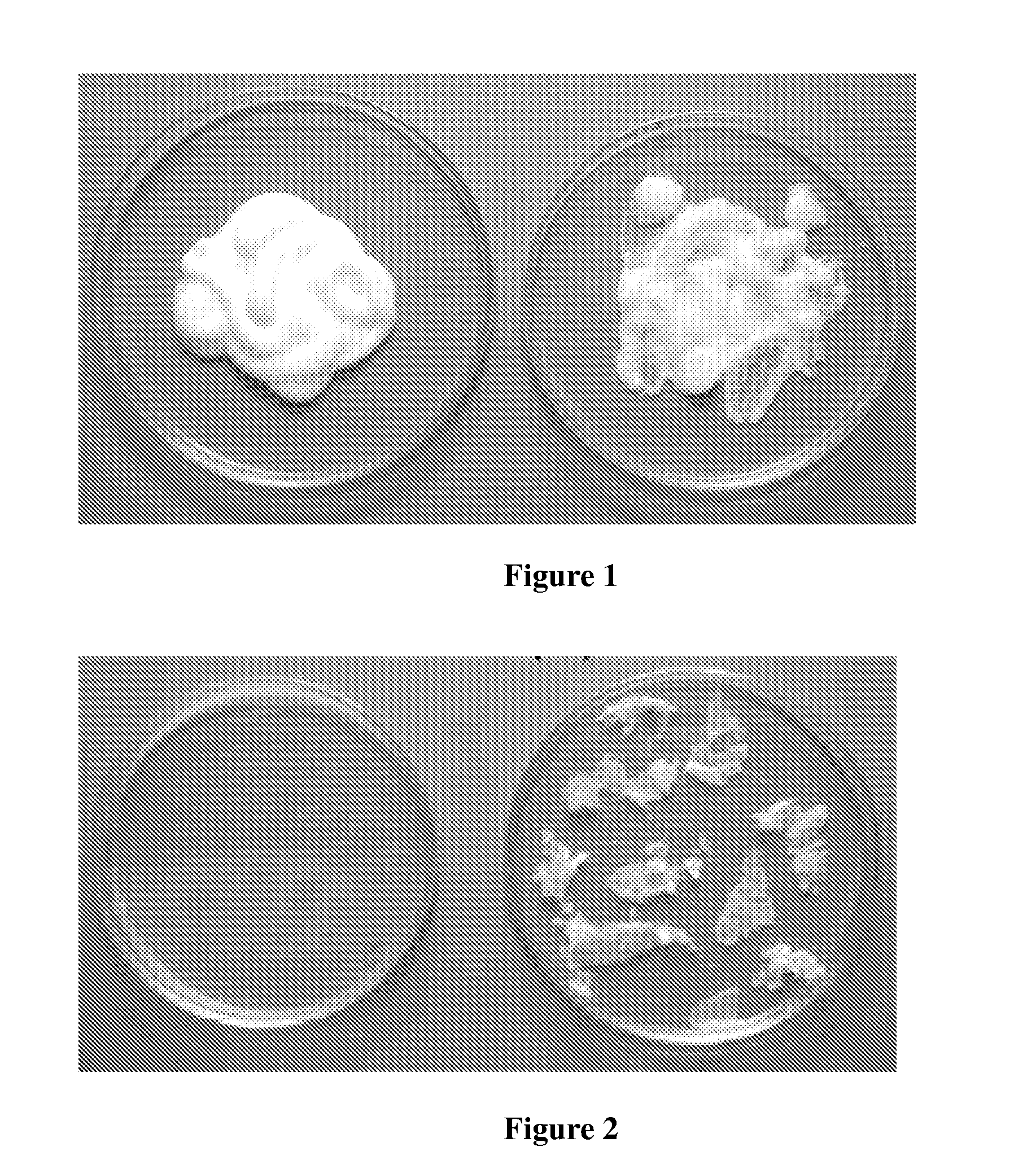Medicinal fusidic acid cream made using sodium fusidate and incorporating a biopolymer and a process to make it
- Summary
- Abstract
- Description
- Claims
- Application Information
AI Technical Summary
Benefits of technology
Problems solved by technology
Method used
Image
Examples
embodiment no.1
Embodiment No. 1
[0139]A medicinal cream as disclosed in the preferred embodiment no 1, wherein said cream further comprising any of a group comprising a buffering agent, an antioxidant, a chelating agent, a humectant, or any combination thereof.
embodiment no.2
Embodiment No. 2
[0140]A novel dermaceutical cream as disclosed in the preferred embodiment no 1 and the embodiment no. 1, wherein[0141]said Fusidic acid is present in an amount from about 0.1% (w / w) to about 25% (w / w), preferably from about 0.5% (w / w) to about 5% (w / w), and more preferably about 2.00% (w / w), and in which the amount of said Sodium Fusidate used to form in situ said Fusidic acid is in the range between about 0.1% (w / w) to about 25% (w / w), preferably from about 0.5% (w / w) to about 5% (w / w) and more preferably about 2.08% (w / w), and[0142]said biopolymer is in the form of chitosan, added in an amount between about 0.01% and about 1% by weight, preferably from about 0.01% w / w to about 0.5% w / w and most preferably about 0.25% w / w,[0143]said primary and secondary emulsifiers are selected from a group comprising Cetostearyl alcohol, Cetomacrogol-1000, Polysorbate-80, Span-80 and the like and added in an amount from about 1% (w / w) to 20% (w / w); said waxy materials is selected...
embodiment no.3
Embodiment No. 3
[0144]A novel medicinal cream as disclosed in the preferred embodiment no 1 and embodiment 2 further comprising a buffering agent which is selected from a group comprising Di Sodium Hydrogen Ortho Phosphate, Sodium Hydrogen Ortho Phosphate and the like, or any combination thereof, and added in an amount from about 0.001% (w / w) to 1.00% (w / w).
PUM
| Property | Measurement | Unit |
|---|---|---|
| Temperature | aaaaa | aaaaa |
| Temperature | aaaaa | aaaaa |
| Temperature | aaaaa | aaaaa |
Abstract
Description
Claims
Application Information
 Login to View More
Login to View More - R&D
- Intellectual Property
- Life Sciences
- Materials
- Tech Scout
- Unparalleled Data Quality
- Higher Quality Content
- 60% Fewer Hallucinations
Browse by: Latest US Patents, China's latest patents, Technical Efficacy Thesaurus, Application Domain, Technology Topic, Popular Technical Reports.
© 2025 PatSnap. All rights reserved.Legal|Privacy policy|Modern Slavery Act Transparency Statement|Sitemap|About US| Contact US: help@patsnap.com

